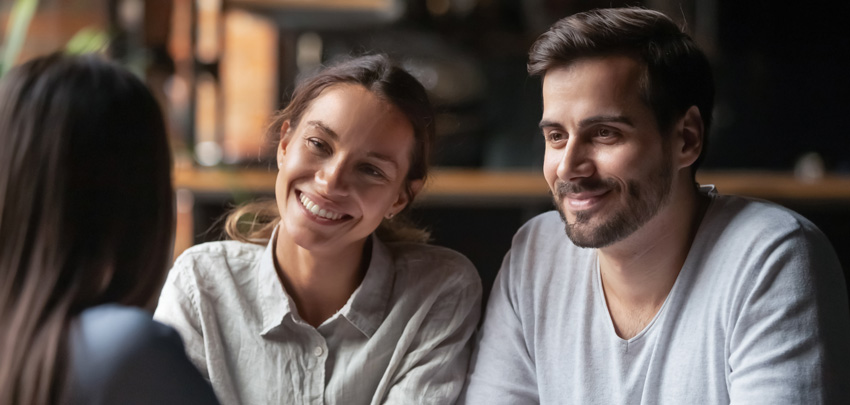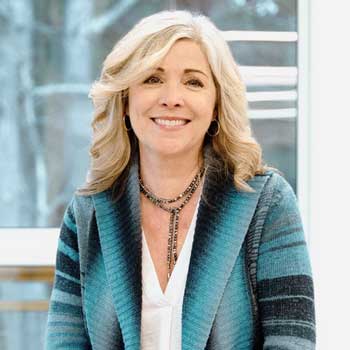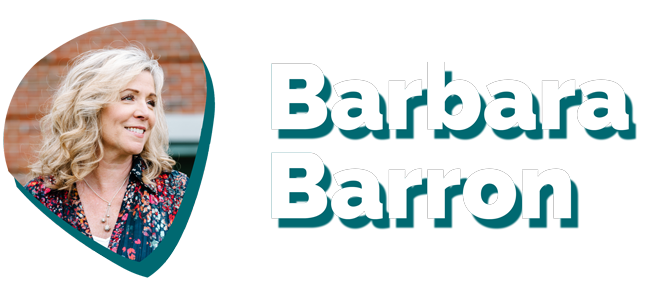by Barbara Barron | Posted October 25th, 2023 | Subscribe to this newsletter

“Do we need a feasibility study before we start a capital campaign?”
Understandable question. Particularly coming from a small organization with limited resources. Here’s what I imagine is the conversation around the boardroom table:
“Seriously!? We need to spend $40k+ for a consultant to test our project and talk to our donors? We all know this project is essential. We’re already committed to making it happen. In fact, we’re in trouble if we DON’T build the _____________ or raise $ _________ for the endowment.”
And likely, they are not wrong.
No organization embarks on a capital campaign if they don’t need to. Or just because they have a few families enrolled with enormous capacity and wish to capture that potential. Granted, those are very different scenarios, but both can confuse good decision-making.
But back to our boardroom question. Why is a feasibility study so essential? Why not just plow ahead, produce a cool and compelling brochure and video, and start raising money? Because a feasibility study is likely the best money an organization can spend to ensure success in their campaign. Especially if they are small and not well-resourced.
Here’s why.
For most schools, a capital campaign comes around once every 10-15 years. As a result, often neither the Head, Board, nor advancement team have been through one before. Campaigns are extraordinary moments when the project at hand has the potential to be transformational. No hyperbole here. If it is not, then don’t do it. Don’t risk the time, money, and institutional reputation. After all, most campaigns take 3-5 years to complete and require countless hours from the staff including the Head of School and several Board members. They may require financial risk and complex financing beyond fundraising. They often are disruptive to the daily workings and schedule of the school and its students and teachers, especially when the project involves construction. Sometimes for a year or more! This is no small undertaking. Again, transformational — or not worth it.
So, let’s say we’ve got a project that passes that test. We’re certain it must be done. We’re all in on it, even knowing the risks and the costs. We’re committed.
Fine. Why, then, would you not take the time and invest the resources to test the project with the people you are going to be turning to to make it happen? Those key donors and stakeholders.
Have you subscribed to this newsletter yet? It only takes a minute.
A good way to answer that question is to look at what we gain from doing this important work.
The Benefits of Doing a Feasibility Study
- Objectivity. A deeper understanding, through fresh eyes, of what is compelling – and what is NOT – about our project.
- Relationship building. The chance to sit with committed and generous past and current donors to hear their advice and possibly interest them in supporting this project, when it comes to fruition.
- Intelligence. The rare experience of learning what might be the level of their support, later on.
- Data and insight. A report compiling these findings with recommendations for going forward, or altering the project before going forward, or not going forward at all or at this time. Wow.
- Power. If we do go ahead, the invaluable boost of confidence from having done the research with the very people we will ask to help us later. More wow.
Taken together, it feels risky – maybe even reckless – to proceed with such an important and highly visible project without the knowledge and data that a feasibility study can generate, right?
There are no guarantees, even with a solid and highly promising study report. I heard someone repeat the adage the other day: “There’s never enough information to make a risk-free decision”. Truly. Then the flip of that is also true: why would you take a known risk without getting adequate information?
But it’s a lot to consider. As you do, know there are options beyond just the traditional model where the consultant does all the confidential interviews and writes the report.
As an advancement consultant, I do these studies for clients. While it comes at a significant fee (even if it’s a great investment), I have seen the power of it. But sometimes it makes more sense to structure the study so the school and its leadership conduct the interviews. Then the advice and insights come directly to your eyes and ears.
Yes, it’s a huge time commitment. But what is a better use of your time than to have the opportunity to meet with 2 or 3 dozen of your most treasured families to share your project?
Regardless of the methodology chosen, engaging in a feasibility study is the smartest way to ensure your future campaign will be a success. It’s worth every dollar, every hour.
Let me help you figure out the best way for you. Shoot me an email.
Thanks for all you’re doing.

Barbara Barron
[email protected]
Share this post:

BARBARA BARRON is one of the most respected and highly sought-after independent advancement professionals in the country, having worked with dozens of schools in every corner of the United States.
She has raised over $20 million for schools where she served as the Director of Development. Barbara is a New York Times bestselling author, speaker, and presenter who currently advises dozens of schools in various capacities. She is considered a thought leader in the world of advancement, with her writing widely shared by professionals in development offices worldwide.
More Advancement Articles






